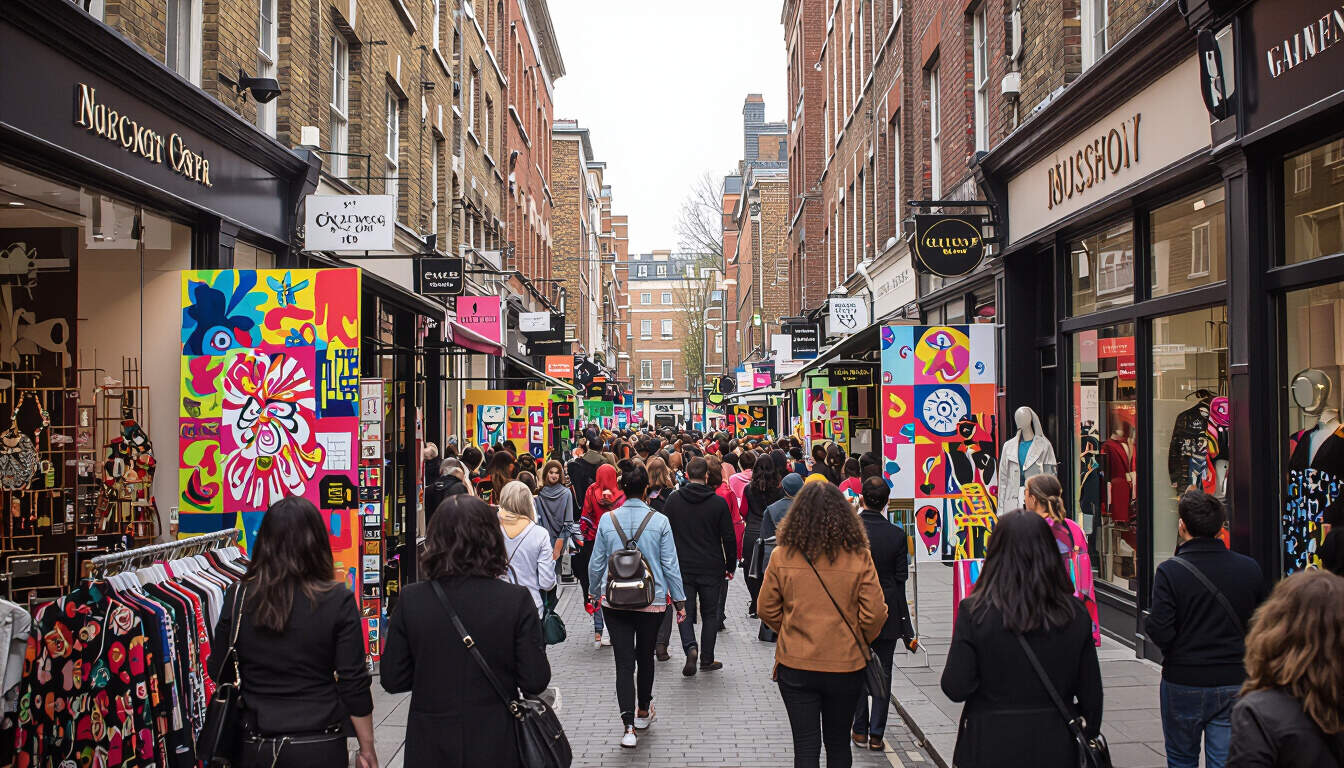Guerrilla PR Tactics for Fashion Brands
 by Shanie Goodwin
by Shanie Goodwin
Discover how fashion brands can use guerrilla PR to stand out in competitive markets. This approach offers innovative ways to build buzz through creative, low-budget strategies, helping small businesses connect with audiences in unexpected ways.

Guerrilla PR represents a creative approach for fashion brands aiming to capture attention without large budgets. It focuses on surprise and ingenuity to create memorable experiences. For instance, a fashion label might organize an impromptu street showcase to draw in passersby.
In the fashion industry, where visibility matters, guerrilla PR provides tools for differentiation. One key tactic involves pop-up events that appear suddenly in high-traffic areas. These gatherings allow brands to display collections directly to potential customers, fostering immediate engagement.
Consider how a guerrilla PR campaign can transform a simple idea into widespread interest. A brand could partner with local artists for collaborative installations in urban spaces. This method not only promotes products but also builds community ties, essential for niche markets.
Another strategy is leveraging social platforms for viral content. Fashion brands can create shareable moments, like surprise giveaways at public events. Such actions encourage user-generated content, amplifying reach organically.
Effective Tactics to Implement
To make guerrilla PR work, start with planning that emphasizes timing and location. For fashion brands, selecting spots where your audience frequents is crucial. A pop-up in a trendy neighborhood can attract fashion enthusiasts and generate photos that spread online.
Here are some practical steps:
- Identify your target demographic and their habits.
- Brainstorm ideas that align with your brand's identity.
- Execute with a small team to keep costs low.
- Measure success through social metrics and feedback.
Fashion brands often succeed by incorporating elements of surprise. For example, a quick flash display in a mall can create excitement and lead to instant sales. This tactic relies on the element of novelty to stand out.
Real-World Inspiration
Many fashion entrepreneurs have used these methods to grow. A startup brand once set up a temporary exhibit in a park, inviting people to try on outfits and share experiences. The event went viral through photos, drawing media attention and new followers.
This highlights the value of innovation in niche markets. By focusing on unique angles, brands can compete against larger players. Another idea is collaborating with micro-influencers who resonate with specific audiences. These partnerships can lead to authentic endorsements that feel genuine.
Guerrilla PR also involves storytelling. Fashion brands can craft narratives around their products, using events to tell compelling stories. For instance, a brand might host a themed gathering that ties into current trends, making the experience memorable.
Overcoming Challenges
While exciting, guerrilla PR requires careful execution to avoid pitfalls. Brands must ensure activities comply with local regulations and respect public spaces. Preparation helps mitigate risks, allowing for smooth implementation.
For small business owners, the appeal lies in affordability. These tactics use creativity rather than money, making them accessible. A fashion marketer can start small, testing ideas before scaling up based on results.
In practice, tracking outcomes is key. Use simple tools to monitor engagement, such as website traffic or social shares. This data informs future campaigns, refining approaches over time.
Building Long-Term Impact
Over time, consistent guerrilla efforts can establish a brand's identity. Fashion labels that regularly surprise audiences build loyalty and a dedicated following. This ongoing engagement turns one-time interactions into lasting relationships.
Entrepreneurs in fashion should view guerrilla PR as a core strategy. By integrating it into broader marketing plans, brands can maintain momentum and adapt to changes. The key is persistence and learning from each effort.
Ultimately, these tactics offer a pathway for fashion brands to thrive. Through creativity and direct interaction, they can achieve growth that feels personal and impactful.
